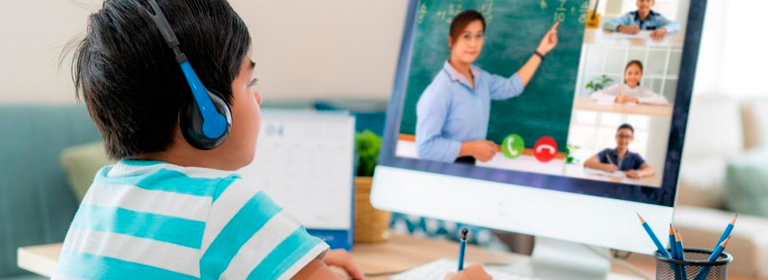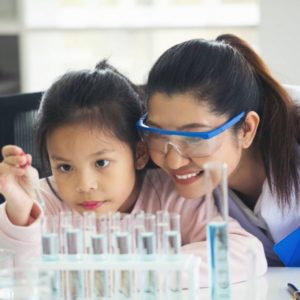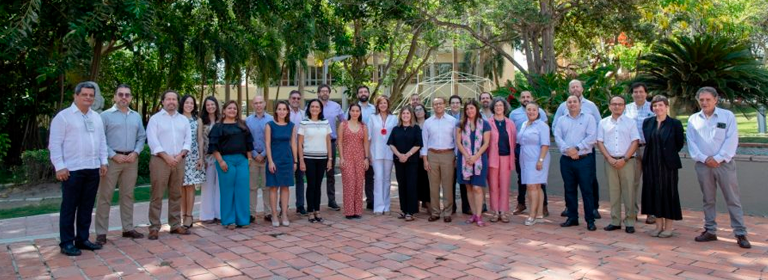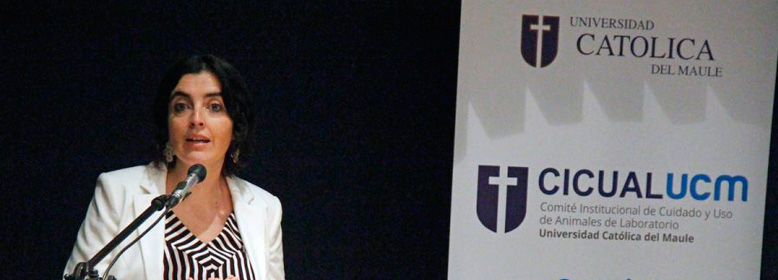PhD. Alejandro Almonacid Fierro, Director of Research in University Teaching, Universidad Católica del Maule
 Due to the significant changes that COVID-19 brought to the world, education was one of the sectors most affected. The need to meet in classrooms and the often-unavoidable physical contact made classrooms the main points of the dissemination of COVID-19.
Due to the significant changes that COVID-19 brought to the world, education was one of the sectors most affected. The need to meet in classrooms and the often-unavoidable physical contact made classrooms the main points of the dissemination of COVID-19.
The pandemic caused by the Coronavirus was responsible for changing not only people’s social lives but also the pattern of education. As the pandemic progressed, it became necessary to adapt the teaching system used so that all students could continue the learning process. Thus, in an improvised way and with uncertainty at the forefront, class videos were recorded and, live streaming was initiated on multiple platforms so that students could study at home.
The disruption caused by the coronavirus pandemic highlighted, especially in countries with high poverty rates and substantial social inequalities, the physical, cultural, economic and technological barriers that structure society, giving visibility to those who were considered invisible and often forgotten. Different sectors were affected, including schools, which, for their students, are crucial spaces for socialization and peer-to-peer exchange. However, with the closure of schools, and in contexts with low access to information and communication technologies (ICTs), the possibilities for interaction became virtually non-existent, and distance education often failed to respond to this problem.
Two years after the first COVID-19 case, the social and educational implications for the present and the future are analyzed, given that the opportunity provided by the pandemic will make it possible to rethink formal education and the organization of education systems and move towards a more flexible curriculum in terms of learning and content, where training for solidarity, respect for others, tolerance and inclusion play a much more prominent role, in order to really put the focus of the educational process on learning and on the individual student.













